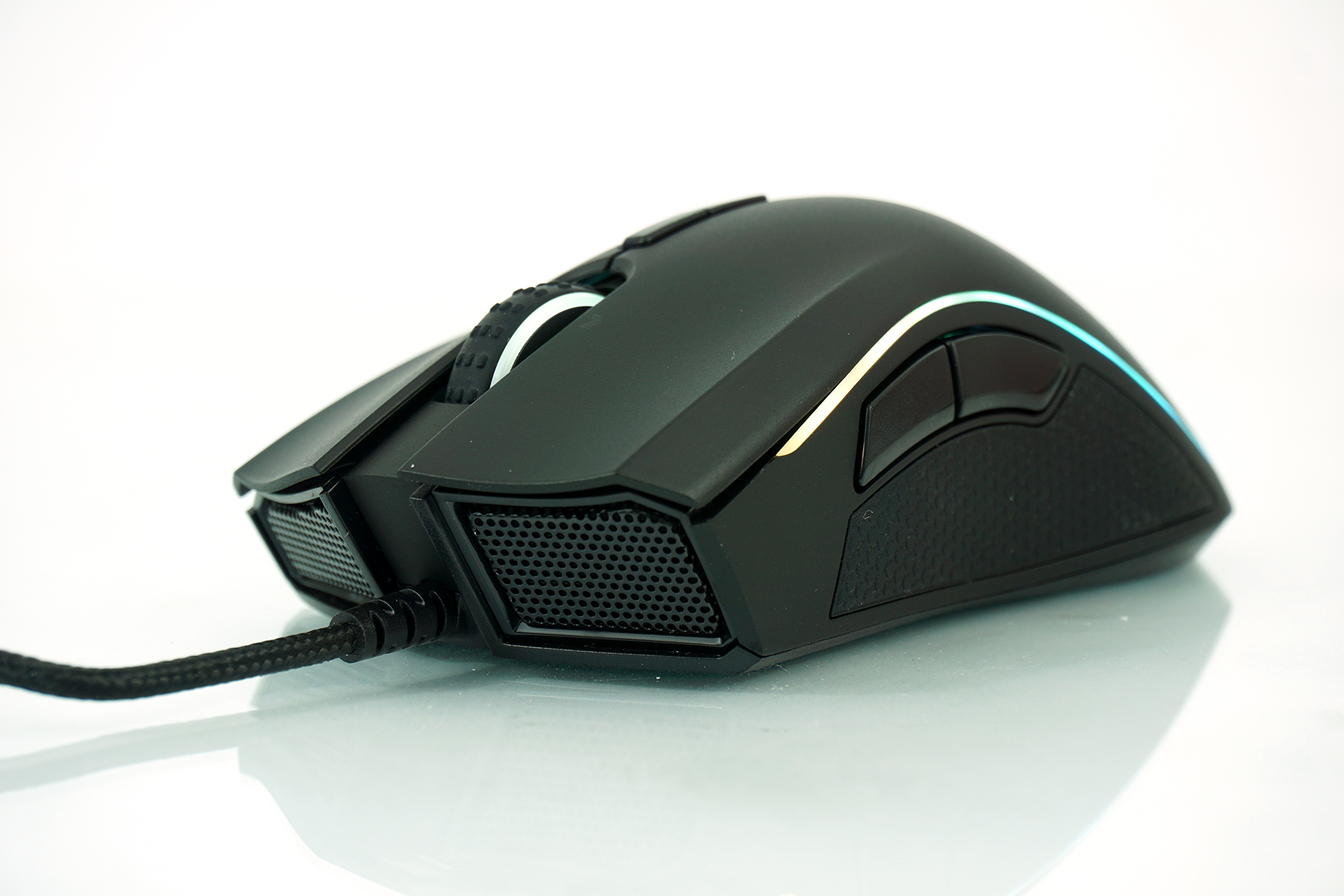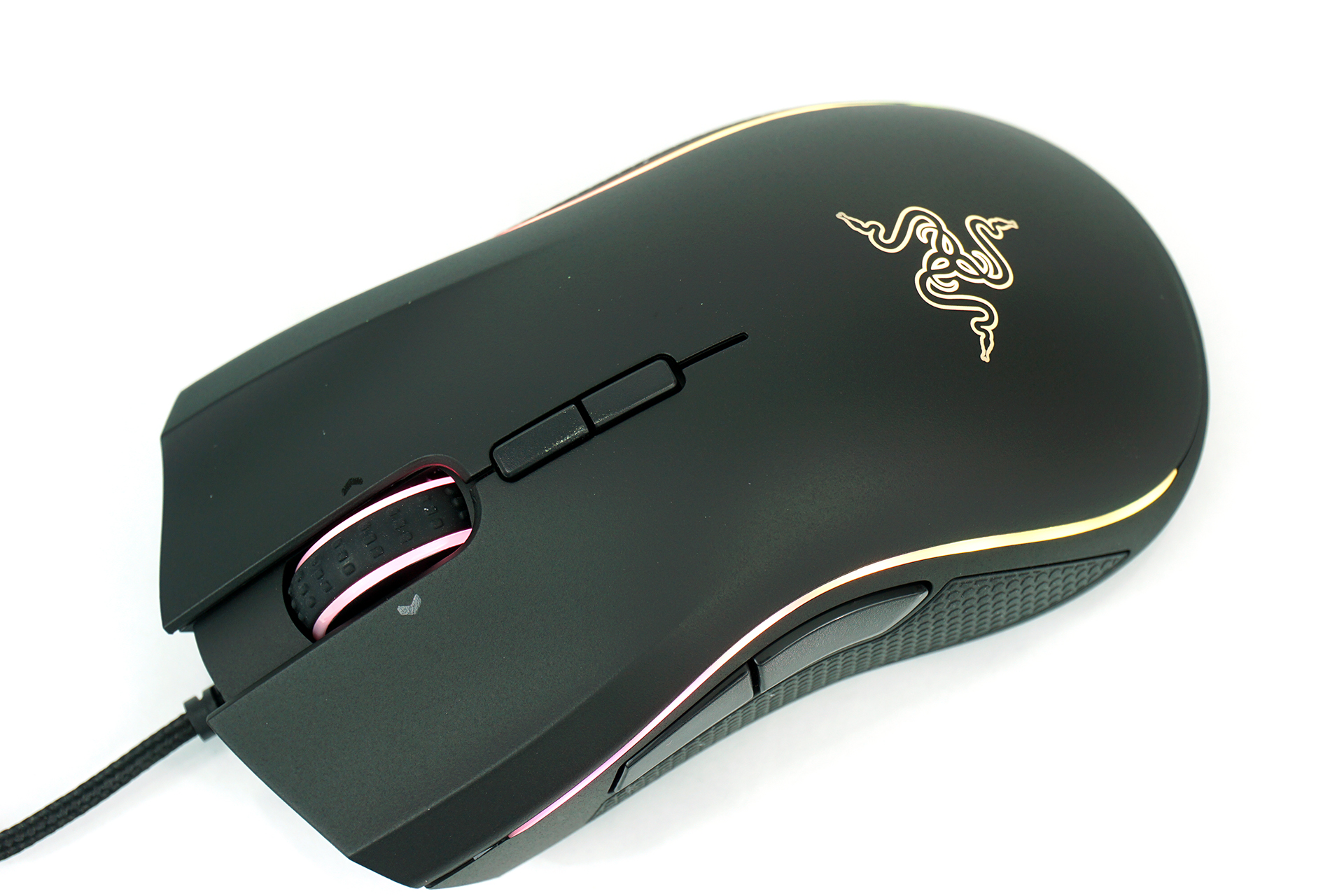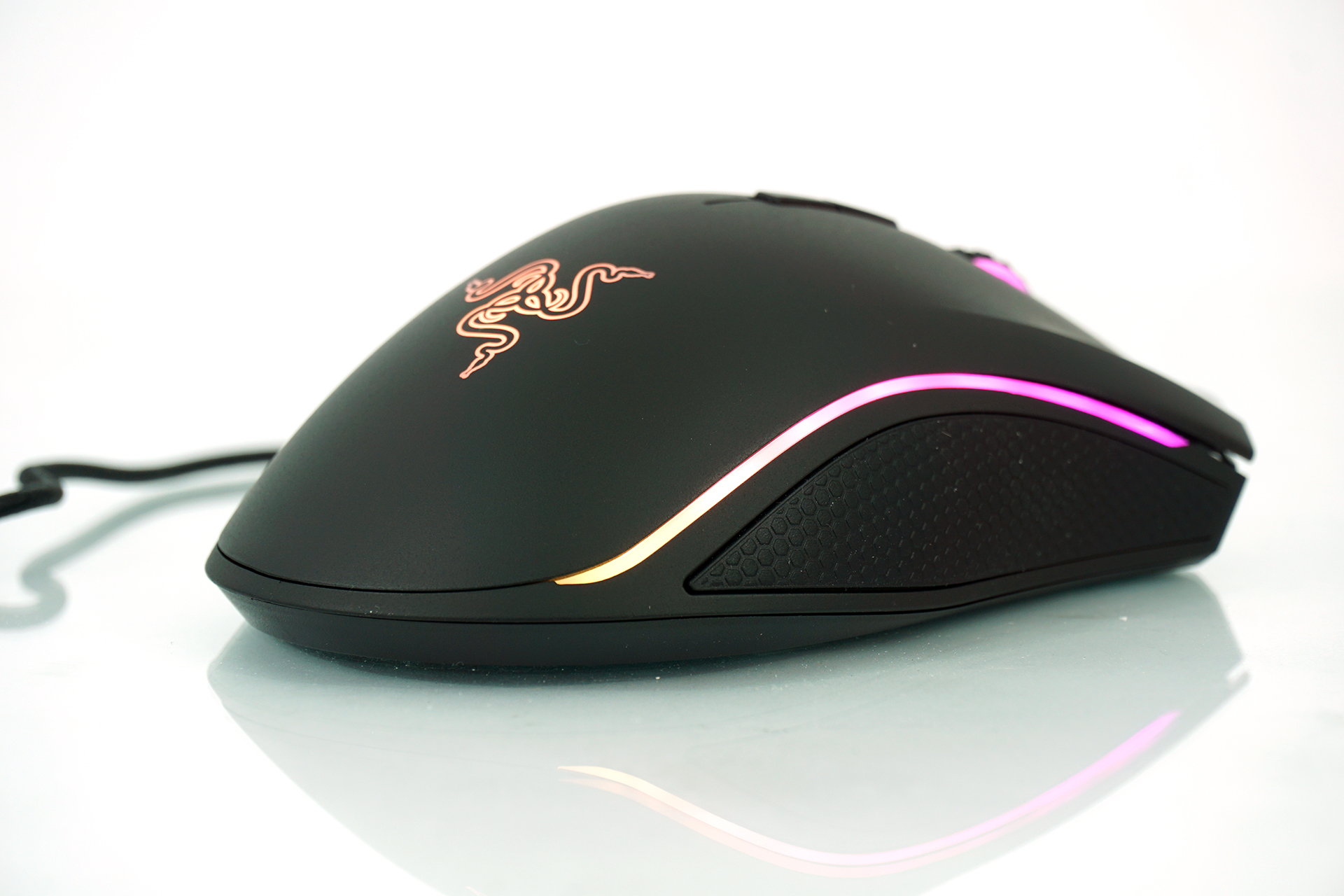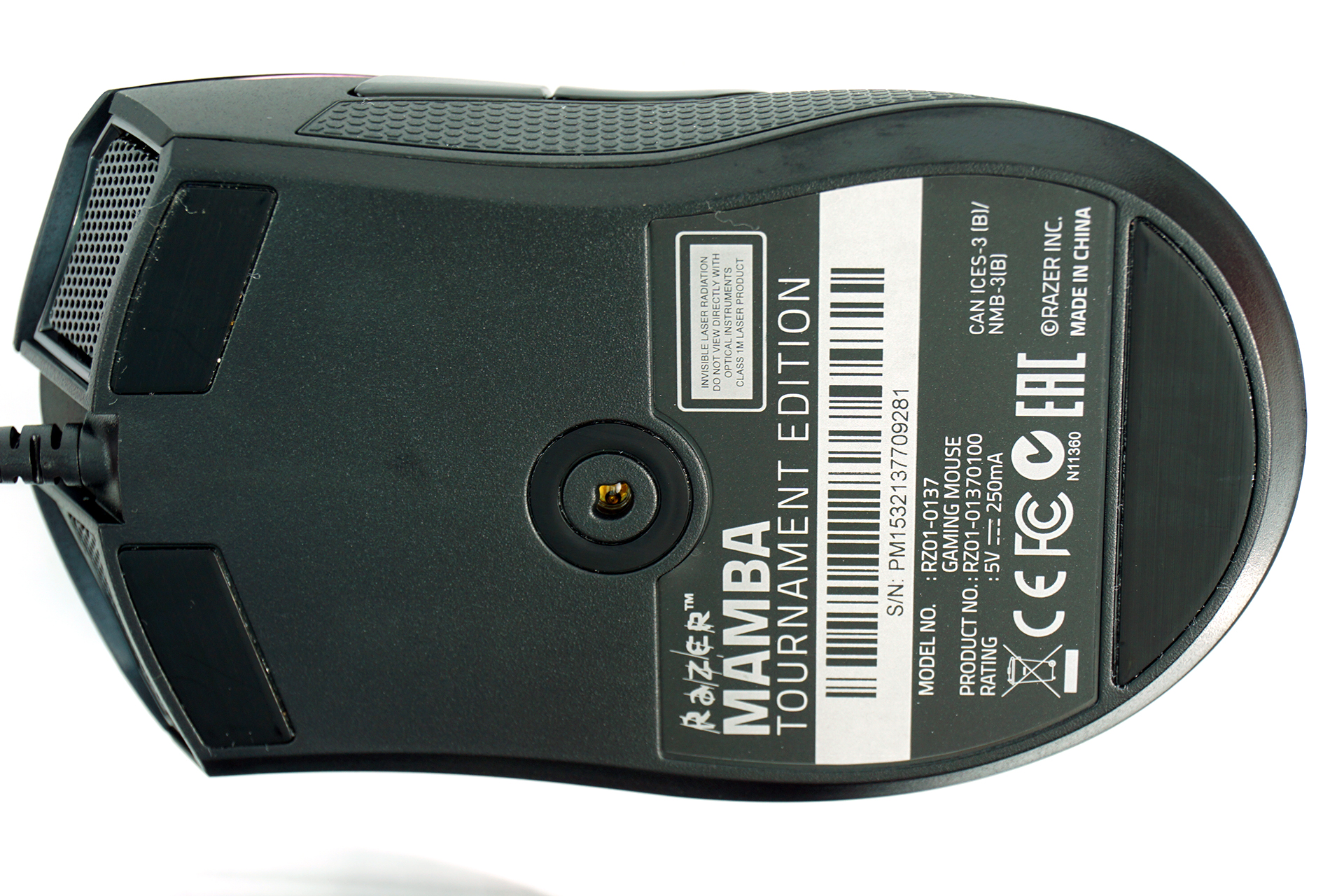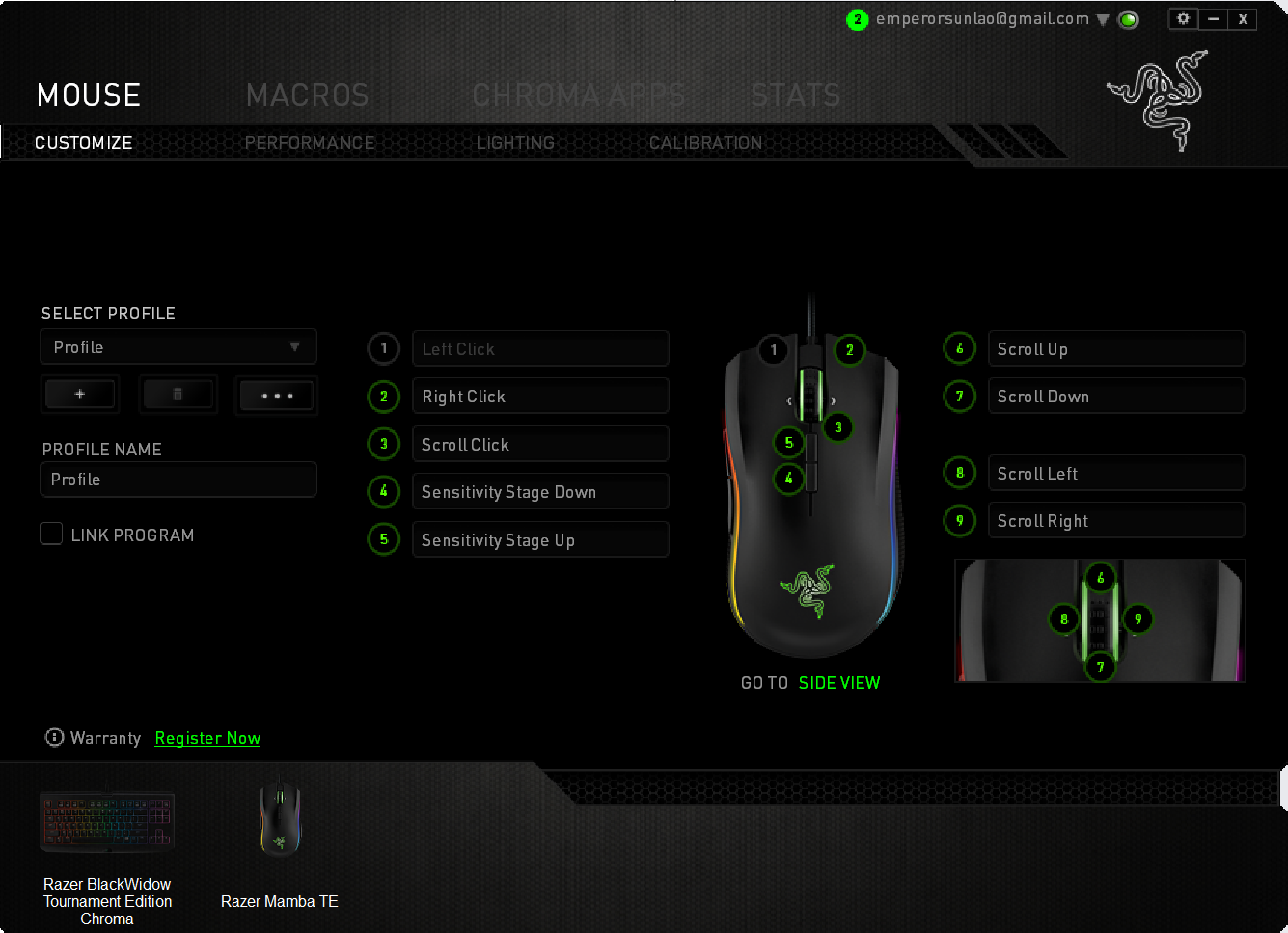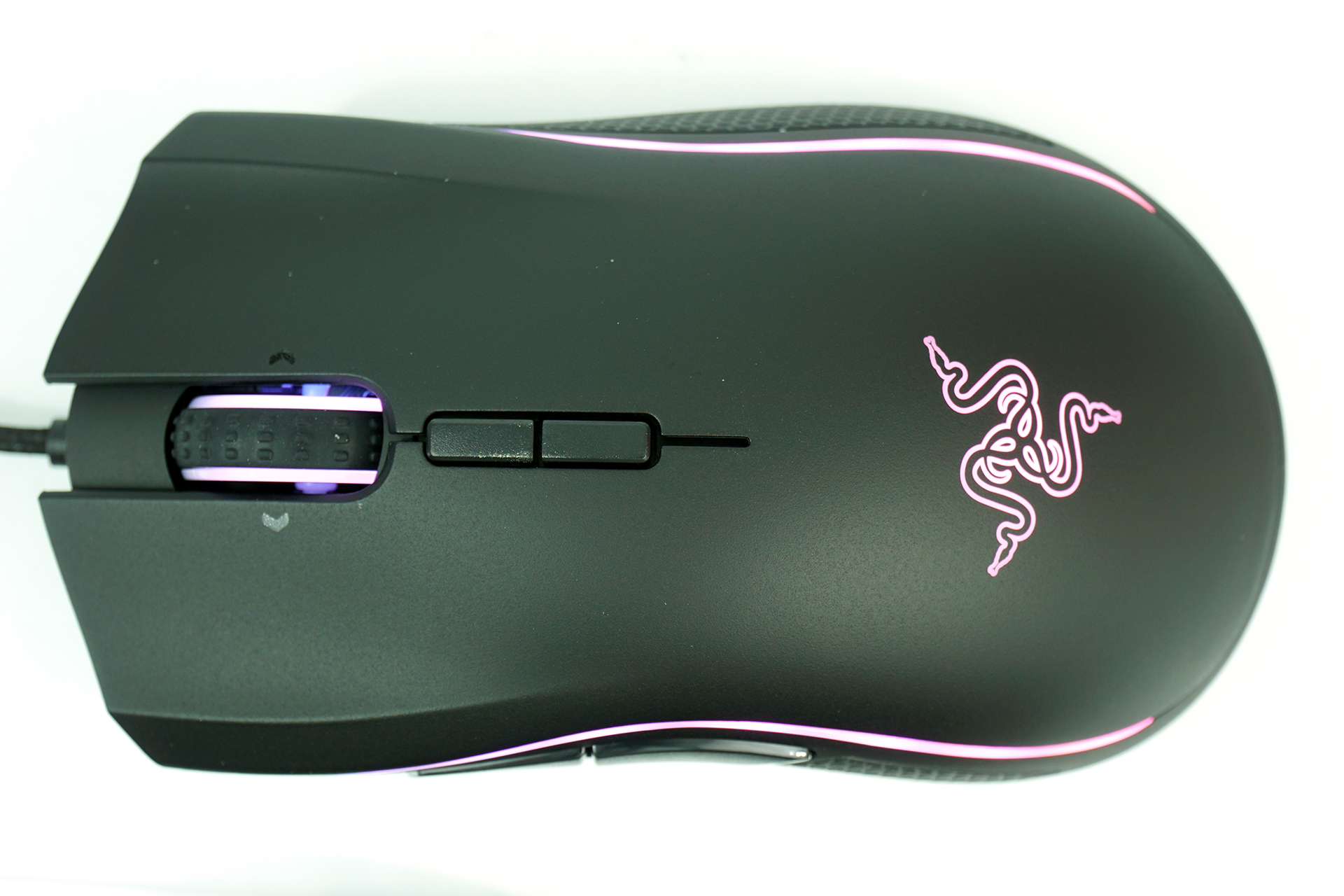Razer Mamba TE Gaming Mouse, Hands On
The Razer Mamba Tournament Edition gaming mouse is clearly an enthusiast product with an exceedingly high DPI rating, but it may not be the best fit for everyone.
Design
I found the design of the Mamba TE rather attractive, as far as mice go. The bright LED sections of the mouse mesh well against the dark black material, and the numerous contours look quite stylish, and I found that they helped my grip feel more secure.
The Razer Mamba TE has a total of seven physical buttons. In addition to the scroll wheel, DPI switchers (just behind the scroll wheel, and the typical left- and right-click mouse buttons, there are two navigational buttons on the left side of the mouse.
For me, the navigational buttons feel like they are placed too high up on the mouse, and although I wouldn't describe them as uncomfortable for me to use, I do have to adjust my hand slightly in order to hit them. I would prefer that they were placed lower on the mouse. Admittedly, my hands are fairly small, so the issues there may simply be because of how I hold the mouse.
Of the seven buttons, six are programmable, and combined they offer 10 different programmable action points. Of course, you can program the right-click button, two navigational buttons and two DPI buttons, but you can also program the scroll wheel down click, left and right clicks, and forward and backward scroll. (You can’t program the left-click button.)
For me, the scroll wheel’s up, down, left and right action points are easier to access than the ones on the side of the mouse because of where they're placed.
Internals And Software
Get Tom's Hardware's best news and in-depth reviews, straight to your inbox.
Razer refused to disclose exactly which processor is inside of the Mamba TE. We do know that it has a Philips Twin Eye image sensor, but we don’t know which one specifically. The mouse has a max DPI setting of 16,000 and does not use interpolation.
The Mamba TE enjoys the support of Razer’s Synapse software, which is divided into four main sections: Mouse, Macros, Chroma Apps and Stats. You can also adjust the mouse sensitivity, acceleration and polling rate, calibrate the mouse to a mousepad, and create user profiles for easily switching between predefined settings.
Both the Razer Mamba TE and the Razer Diamondback use the Synapse software, and the software experience for the mice is identical, save for the differences in the number of buttons and lighting zones. For a more detailed look at the software, you can check out our coverage of the Razer Diamondback here.
Although many mice offer a small amount of onboard storage for stashing profiles and settings, Razer’s approach with the Mamba TE (and its other mice) is to keep everything in the cloud. It’s debatable whether it’s preferable to store these things on-device or in the cloud, primarily because in the case of the latter, you need an Internet connection to access everything. (The mouse will work without an Internet connection, and even without Synapse software installed, although it’s not ideal.)
| Razer Mamba Tournament Edition | |
|---|---|
| Sensor | Philips Twin Eye 5G Laser Sensor |
| Resolution | 16,000 DPI |
| Acceleration | Up to 210 inches per second / 50 G acceleration |
| Ambidextrous | No (right only) |
| Switches | Omron (20 million clicks) |
| Onboard Memory | None (all settings and profiles stored in the cloud) |
| Polling Rate | 1,000 Hz Ultrapolling |
| Response Time | 1 ms response time |
| Lighting | Chroma Lighting |
| Buttons | -7 physical-11 effectively, considering scroll up/down and left/right-10 programmable action points |
| Software | Razer Synapse |
| System Requirements | -Windows 7/8/8.1/10-Mac OSX 10.8-10.11-Internet connection-100 MB hard drive space-Razer Synapse registration |
| Cable | 2.1 m / 7 ft braided fiber USB cable |
| Approximate Size | 128 x 70 x 42.5 mm (LxWxH) |
| Approximate Weight | 94 g |
| Price | $89.99 |
When I first started testing this mouse, no matter what settings I used, the mouse never felt quite right. There was sometimes jitter that made setting the cursor on small objects on the desktop difficult. The mouse also exhibited several other issues, including random freezes and sporadic movement to one side.
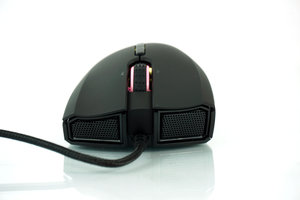

Over the course of months, Razer released updated versions of the Synapse software that helped to resolve some of the issues, but what really fixed the worst of the problems was a firmware update that Razer sent us directly. I experienced the above issues daily, but after the update, I rarely had issues at all. I have had just one issue with the mouse being jittery since the update was applied one week ago, and only one freezing incident. I then ran the calibration tool in Synapse, I have had no issues since then. (We spelled these issues out more fully here.)
Performance
The Mamba TE is capable of 16,000 DPI, which is completely overkill unless you have a 2K or 4K display. Although of course DPI preference varies widely from person to person, I was relatively comfortable using office applications and gaming at 3,000-4,500 DPI on a 1080p display.
At 2K, 9,000 DPI seemed to work best for me, with 16,000 DPI still causing the cursor to move across the screen too quickly for my liking. At 4K the situation was reversed, and 9,000 DPI felt somewhat slow, whereas I found 16,000 DPI quite comfortable.
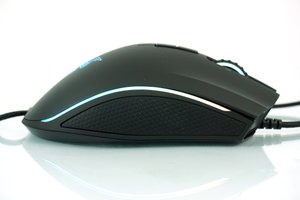

High mouse DPI is often used a marketing gimmick, but if you’re using a 4K display, all that headroom will actually be desirable for many users.
The issues we discussed earlier in this article gave us cause for alarm, but Razer's firmware update and use of the calibration tool in Synapse abated the problems. Even so, you'll need to use the calibration feature with the Mamba TE to ensure optimal performance. The mouse is fairly light at 94 g, yet it has a fuller body, so those (like me) with smaller hands may find the bulk less than ideal, but in any case the Mamba TE should accommodate virtually any type of grip -- as long as you're right-handed. The price tag is $90.
Follow Michael Justin Allen Sexton @EmperorSunLao. Follow us on Facebook, Google+, RSS, Twitter and YouTube.
-
jasonelmore I have this mouse and it's great. I combined it with the Razer Firefly Chroma Mouse pad.Reply
I have paired my Mouse, Keyboard, and Mouse mat, with the same manufacturer (razer) and it's paying off. The Surface Calibration allows me to select the firefly mat, and it already knows it's pattern, and Lift off distance. Plus i can make some really cool RGB schemes that allow my keyboard, mouse and mat to mesh seamlessly.
It's obvious razer is trying to mimic Apple in a lot of areas, but they are at least pushing the boundaries, while everyone else reacting to everyone else. -
hitman400 ReplyI have this mouse and it's great. I combined it with the Razer Firefly Chroma Mouse pad.
I have paired my Mouse, Keyboard, and Mouse mat, with the same manufacturer (razer) and it's paying off. The Surface Calibration allows me to select the firefly mat, and it already knows it's pattern, and Lift off distance. Plus i can make some really cool RGB schemes that allow my keyboard, mouse and mat to mesh seamlessly.
It's obvious razer is trying to mimic Apple in a lot of areas, but they are at least pushing the boundaries, while everyone else reacting to everyone else.
Hello. Can you please tell me how Razer is trying to mimic Apple? Just wondering. Thanks! -
amk-aka-Phantom ReplyHello. Can you please tell me how Razer is trying to mimic Apple? Just wondering. Thanks!
By concentrating on interaction between their own systems and peripherals, of course. jasonelmore has given a good example of that. -
hatib I am using the wireless version with blackwidow chroma and razer firefly mouse pad and they are amazingReply -
Tanquen I think this is the first Razer mouse with left and right mouse wheel actions. About time!Reply -
stefpats ReplyI The Surface Calibration allows me to select the firefly mat, and it already knows it's pattern, and Lift off distance.
how exactly do you do that,cause i also have firefly and a razer mousepad and firefly is nowhere in calibration menu... -
jimmysmitty Reply17496669 said:I have this mouse and it's great. I combined it with the Razer Firefly Chroma Mouse pad.
I have paired my Mouse, Keyboard, and Mouse mat, with the same manufacturer (razer) and it's paying off. The Surface Calibration allows me to select the firefly mat, and it already knows it's pattern, and Lift off distance. Plus i can make some really cool RGB schemes that allow my keyboard, mouse and mat to mesh seamlessly.
It's obvious razer is trying to mimic Apple in a lot of areas, but they are at least pushing the boundaries, while everyone else reacting to everyone else.
In terms of keyboard I would say everyone has been following Corsair. They pushed the boundaries of a well designed mechanical.
For mice, most follow Logitech. The G502 had most of these features, minus the 16K DPI the G502 has 12K DPI, but has the surface calibration and now the G502 Spectrum has RGB and can be linked to a Logitech keyboard (you can do this with the Corsair RGB series as well) and has precalibrated Logitech mouse pads in the software.
I honestly do not think Razer has been pushing any boundaries except their cloud based drivers which I am not a fan of since I have seen it cause issues with multiple other driver/software packages.
